Overview
Happiness at work
Office workers spend a substantial portion of their time in an office environment. This environment should be designed to be safe, efficient and comfortable. According to theWorld Health Organization (WHO), the workplace is“a priority setting for health promotion”. Recently, this definition has broadened its scope by including aspects of subjective well-being in organizations, which represents a major opportunity for positive design in the context of office environments. Based on this knowledge, BMA Ergonomics was interested in projects that could potentially promote well-being office settings. The project goal was therefore to design a product, product-service combination, and/or office environment focusing primarily on the positive contribution to the workers’ subjective well-being.
“This project presents how an experience design methodology–combined with theories of positive psychology–can be used to design for happiness in an office setting”

Approach
An experience-driven design approach
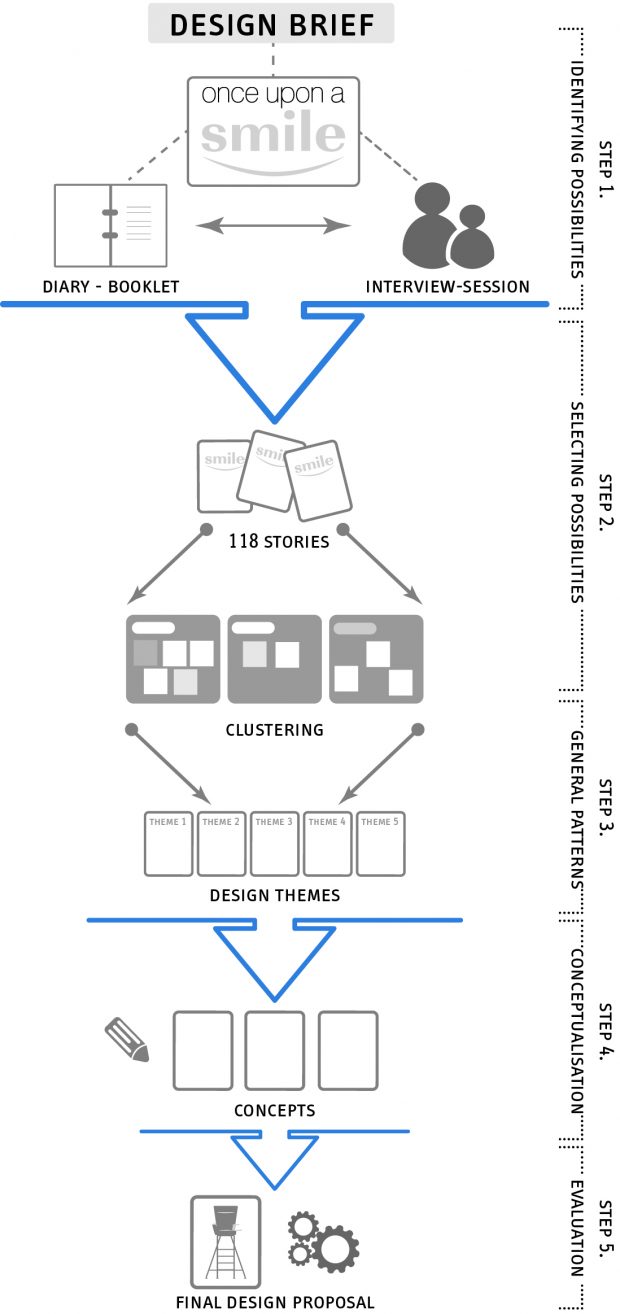
Figure 1.Structure design process
The design approach, visualised in Figure 1, consisted of five main steps. The first step was to learn from positive examples of user experiences by collecting personal anecdotes of the target user group about happy moments; moments that put a smile on peoples’ faces (Step1)(Figures2,3). This step was based on the idea that possibility-driven design can be inspired by positive ‘role models’
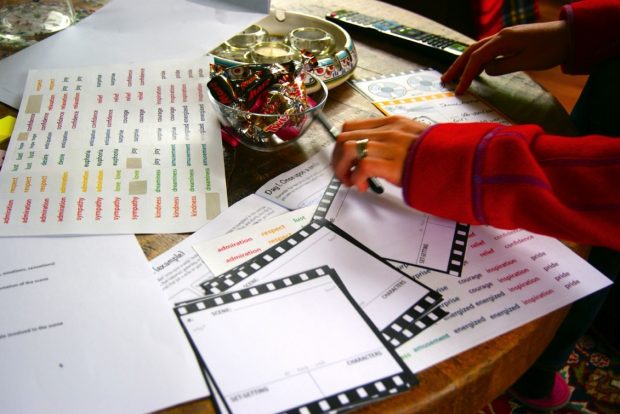
Figure 2.Generative research process.
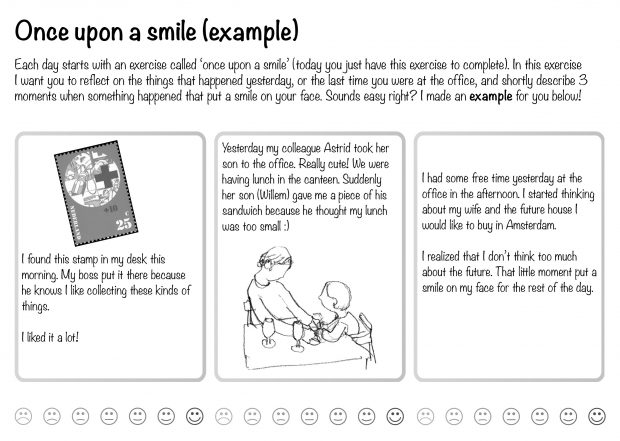
Figure 3.Example of exercise ‘once upon a smile’
These anecdotes were clustered with the use of variables drawn from theory on human experience and wellbeing that is available in (positive) psychology. The resulting happy moment clusters served as a basis for the selection of the stories to be used in the design process, and provide an overview of the information gathered (Step 2). Next, the selected stories were thoroughly analyzed in order to identify general patterns of the experiential narratives (Step 3). These patterns serve as the basis for the ideation phase, ultimately leading to a design proposal (Step 4)(Figure4). The last step consisted of the evaluation of the concepts(Step 5)
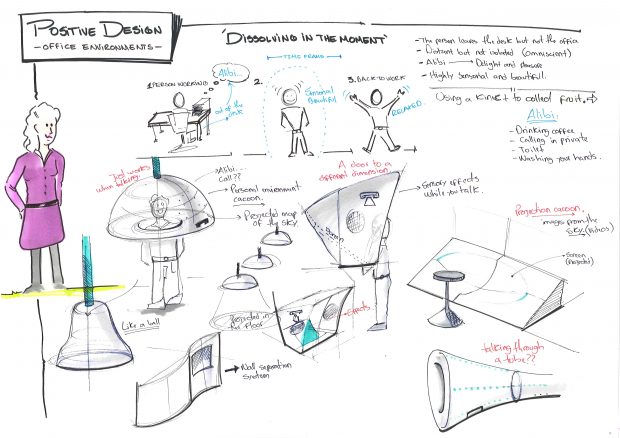
Figure 4.Conceptualization process with experiential intention
Results
Gibbous chair–letting one’s mind wander
The design proposal(Figures 5,6)that resulted in the design case was calledGibbous Chair. The Gibbous Chair is an elegant piece of furniture specially designed for the office environment as a resting chair. The chair provides the context to ‘let one’s mind wander’ and ‘dissolve at the moment’. This experiential intention is defined and mediated by a number of elements. The most apparent element is the pronounced height of the chair, which is as much as three times the height of a normal (office) chair. This new perspective of the environment becomes a treat for the office worker. Moreover, the elevation provides a moment of seclusion from the environment without being in isolation. The office worker enjoys this moment of pleasure in a semi-private way.
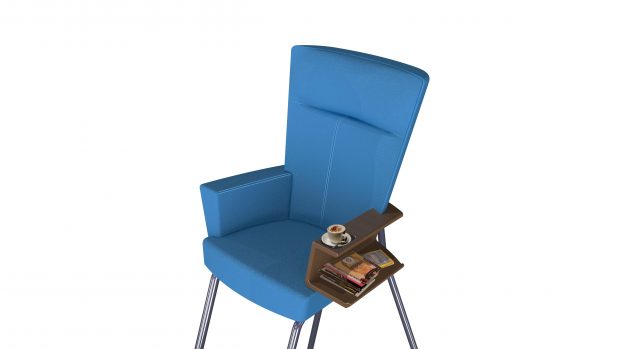
Figure 5. Gibbous chair render.
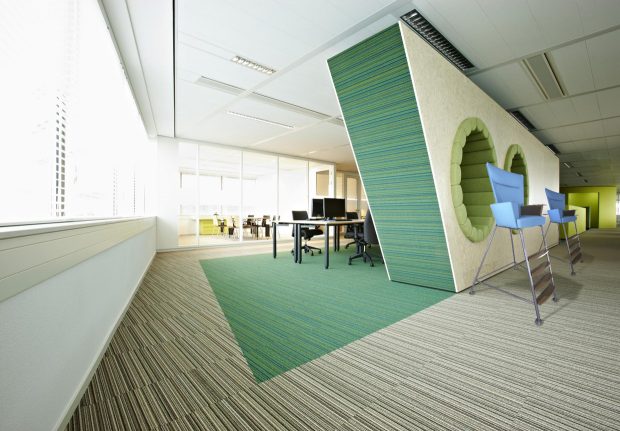
Figure 6.Gibbous chair in context (Original image by M+R interiors. Source: http//mplusr.nl)
‘Dissolving in the moment’ anecdote (Figure 7)
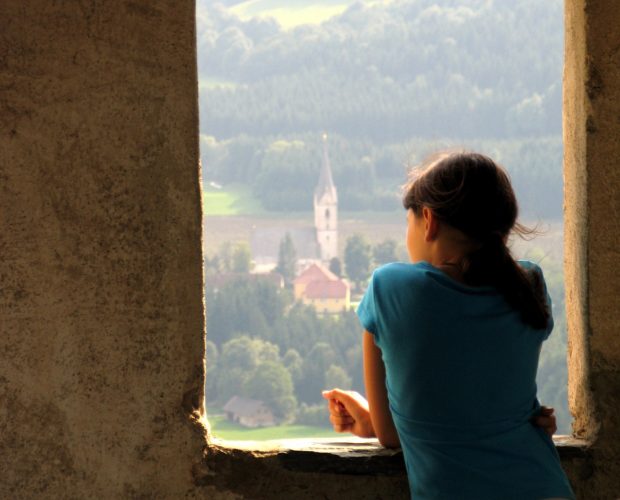
Figure 7.Picture-metaphor“letting the mind wander”
“My office has a special area where the coffee machine is placed. This space is full of colours and comfortable furniture and a really beautiful view over a park. I always go alone there once in a while to think and have some coffee. I feel completely relaxed. What I like the most is that it feels like I am not working anymore! (female participant, age 34)”
The second element that defines the experiential intention is the ‘alibi’ that explains and justifies the moment of pleasure. People need to have a reason to sit there, to be entitled to use it. The Gibbous chair provides them with two elements that justify their action: a magazine rack in which office workers share interesting things to read, and a coffee table. These elements aim to have the same effect as the coffee in the original story. The person prepares the coffee, and steps away from the desk in order to have a moment of seclusion(See storyboard on figure 8).
“It’ s not so much the chair but how it changes your perspective at work”

Figure 8. Storyboard
Validating experiential intentions
A 1:1 prototype was built and tested in an office setting. Important findings include the positive perception of the design by most participants, and the rich and varied descriptions of their experiences while using the chair. Some described it as being on a different layer, as a new and fresh perspective, and even as a ski lift bringing you through the clouds. Gibbouschair is a novel type of office furniture. It promotes happiness by enabling office workers to have a pleasurable experience that permits a brief moment of physical and mental distance from the workplace while still being at the office.

Figure 9. Prototype placed in an office environment.
References:
Jimenez, S., Pohlmeyer, A.E., Desmet, P.M.A., & Huzen, G. (2014).Learning from the Positive: A Structured Approach to Possibility-Driven Design. In J. Salamanca, P. Desmet, A. Burbano, G. Ludden, J. Maya (Eds.).Proceedings of Colors of Care: The 9th International Conference on Design & Emotion, pp. 607-615.



